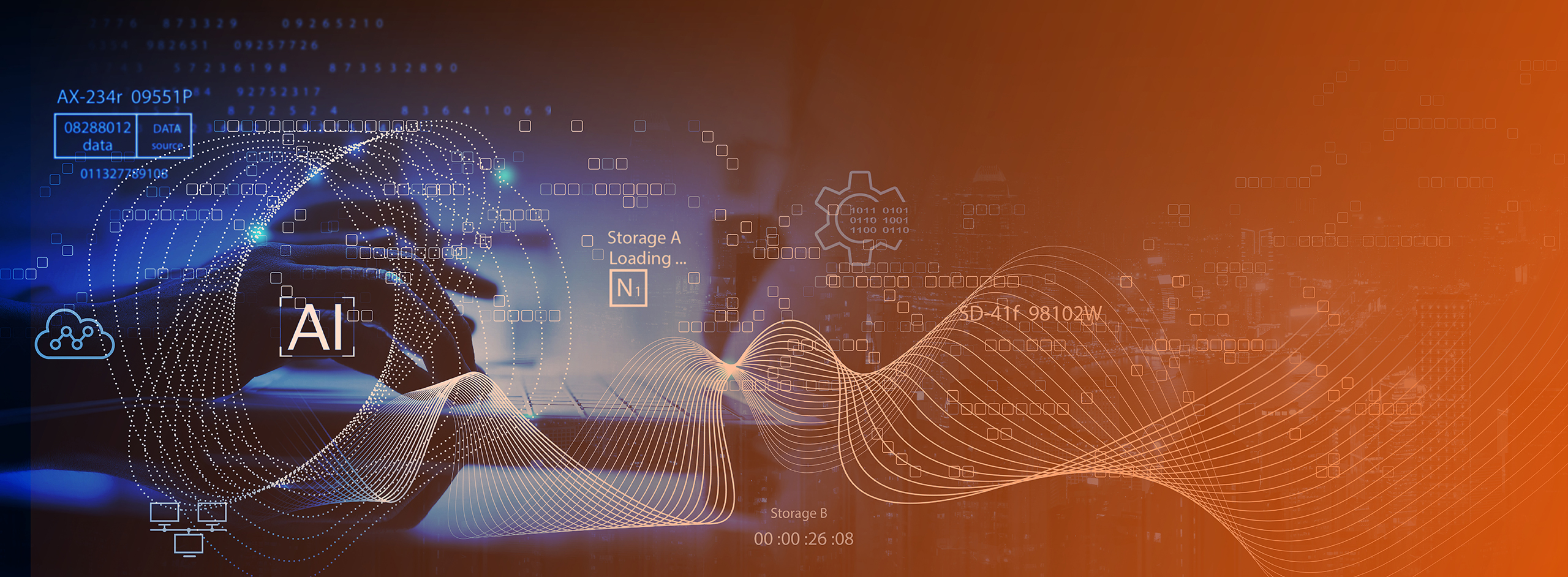After half a decade of budget tightening, IT leaders started 2025 with optimism, planning to increase spending by 4.6% from last year. Spurred on by new waves of AI innovation, the goal is to pilot projects that can help business users, customers, and employees streamline interactions and, in turn, optimize costs while improving experience.
However, given the geopolitical and trade uncertainties, leaders are throttling back. Although IT budgets won’t shrink drastically, the clamor for tangible return on investment (RoI) is growing.
This is especially true of Agentic AI, the branch of AI that autonomously plans, coordinates, and executes tasks contextually by learning from very large structured or unstructured data sets. Agentic AI’s full potential was on display last year at Dreamforce, where Salesforce demonstrated how it delivers on the promise of productivity increase, cost savings, and faster time to value
Agentforce, Salesforce’s agentic AI toolkit, is primarily priced on consumption with threshold charges per query, action, or conversation. For sandboxes, this model works as enterprises develop a strategy through controlled conversations. However, when scaled, broad strokes could lead to runaway costs. This blog explains how enterprises can get the right RoI on Agentic AI costs with an orchestration model that plays all iterations of AI to their strengths.
Weighing Operational and Opportunity Costs with ‘Degree of Agency’
IT leaders are called on to demonstrate the business value of AI-driven initiatives, but AI for AI’s sake can be a blind spot. By applying the “degree of agency” principle, or how much of the work needs humans out of the loop, enterprises can decide ideal workload candidates and business use cases
Here is a three-point checklist to balance Agentic AI operational costs with opportunity costs:
- Automated versus autonomous: Most business-to-stakeholder interactions have a high degree of automation. If the process does not change drastically with Agentic AI or the value is not proportional to the time and effort invested, it is better to deploy AI assistants.
- Complex versus coded: If the interaction proceeds with logic coded in binary statements, such as “if this, then that” and does not involve cognitive overload, it is best to leverage Predictive AI that predicts, analyzes, and recommends steps or actions to a human agent.
- High-touch versus low-touch: The only limitation to earlier iterations of AI, other than Agentic AI, has been the high human intervention. As long as AI models defer to a human, the efficiency and speed of outcomes cannot be scaled exponentially. While Agentic AI solves for this, not every workload needs to be free from human involvement.
Enterprises need a synergized strategy that combines the strengths of predictive, generative, and agentic AI to deliver business value beyond productivity gains.
Value Orchestration with Agentforce and Einstein
With the largest number of Salesforce certifications among system integrators, Persistent is well-equipped to help businesses balance the costs and benefits of using Salesforce’s AI tools.
Our first-of-its-kind orchestration model segregates incoming conversations according to customer profile and intent to delegate the workflow to Salesforce’s smart assistant, Einstein. It then routes complex, high-touch interactions to Agentforce. Our approach has the potential to halve operational costs and improve resolution time by 90%.
Our core architecture tenet is the two-tiered approach to route user queries seamlessly across Agentforce and Einstein.
With the first tier of response as the automation layer, the Einstein Agent determines if the query can be handled. It either leverages Flows or routes the same to an Agentforce Agent. The Einstein Agent addresses trivial queries that do not require action, like inquiries on order status, authentication checks, user onboarding, etc. The Agentforce Agent addresses complex queries that demand advanced natural language processing (NLP) and Large Language Model (LLM) invocation.
From an end-user experience perspective, the interaction is seamless. The session variables maintain the context throughout the interaction, and the final response via the Einstein layer is returned to the user. If the Agent cannot support requests, they can be transferred to a live agent.

Here are some other features that accelerate time to value in our orchestrated model:
- Implementation Framework: Our Genesis Framework, built on domain expertise, accelerates Agentforce implementation and adoption across complex industry use cases. In a three-step process, we analyze the tech, data, and process maturity and identify the business and dollar benefit of the use cases. In the second step, we identify the MVP and strategize the roadmap. Finally, we implement the first agent, presenting the value realized.
- Accelerated time to go–live: Our model has an accelerated go-live timeline since most enterprises today have an active Einstein license and an established data architecture to support Einstein implementations. It overlays Agentforce custom-built AI agents on the established data architecture, reducing under-the-hood preparations for setting up AI agents.
- Fine-tuned LLMs on enterprise data: With a long-standing data practice, Persistent can help enterprises streamline and secure data for fine-tuning LLMs to power agents that can handle sophisticated tasks. This approach pushes AI beyond the human-in-the-loop scenarios, where agents tackle tasks with high degrees of accuracy and explainability.
65% Improvement in CSAT with Persistent’s Hybrid Approach
Our approach has demonstrated quantifiable business benefits in its early adoption stages.
A U.S.-based MedTech company focused on healthcare innovations and medical advancements wanted to deploy a customer-facing agent to handle most typical customer queries, allowing contact center executives to focus on more complex queries. The agent was expected to assist customers in troubleshooting common issues and check eligibility for replacement based on predefined criteria.
Persistent deployed the hybrid Agentforce-Einstein approach, where the Einstein Agent handles definitive intent queries around patient registration, order status, etc. As the interaction is menu-driven, users can choose from the available list of questions and get a response without keying in details. This saves LLM credits otherwise spent on determining the user intent.
Finally, complex product-related queries, refunds, or replacement concerns are routed to an Agentforce Agent that leverages the LLM. The contact center agent is only a click away, seamlessly orchestrating customer interaction.
The company witnessed a 25% increase in the live chat deflection rate and a 65% improvement in CSAT.
As enterprises move from pilot to full-scale production, Agentic AI must assuage concerns about RoI and tangible business benefits, especially with Salesforce Agentforce, which is already deeply embedded within enterprise systems. Talk to our experts today to learn how we can help your enterprise make the most of Agentforce.
Authors’ Profile
Rahul Gade
Chief Salesforce Architect
Rajesh Uppalapati
Salesforce GenAI Solutions Expert
Related Content
Contact us
(*) Asterisk denotes mandatory fields








